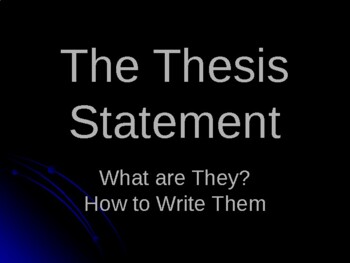Happy Camel Day to You All,
Your teachers are immensely proud of you. Most of you were pushed out of your comfort zones yesterday. Some of you were pushed to your limits. Some of you had breakdowns. GREAT! Now is the time for us to learn.
BREAKDOWNS LEAD TO TO BREAKTHROUGHS!!

There is a word known to some in education called "
GRIT". Grit is what is needed to pick yourself up after a fall. Grit is what is needed to try again if a first try doesn't go your way. Grit is perseverance. Grit is the "I Can..." attitude. Please take this with you as you go through your day today.
BREAKDOWNS LEAD TO TO BREAKTHROUGHS!!

Moving forward, there are three things we need to think about:
1. Go over and pore over the "Back Channel" transcripts.
2. Conclude our seminar with FINAL THOUGHTS.
3. SELF-EVALUATE: How did you meet the learning targets and how would you evaluate yourself?
The Learning Targets:
I can effectively communicate in a variety of settings in a way that is
appropriate for the task, purpose, and audience.
I can identify main ideas, analyze supporting details, and
evaluate inferences.
From the cluttered mind of C & Dubbs, Teacher
School District of Waukesha
Waukesha STEM Academy
 CONTEXT
CONTEXT














